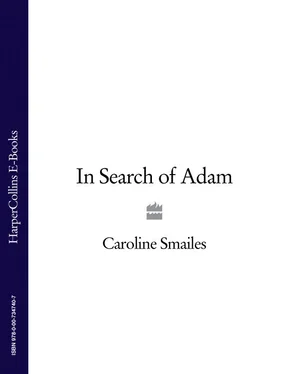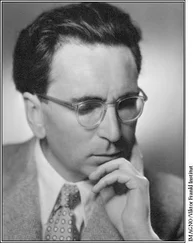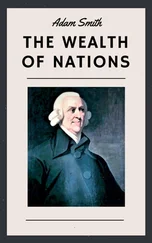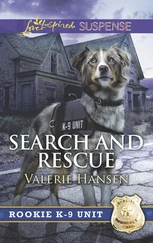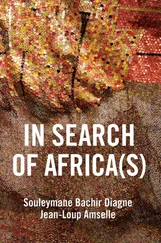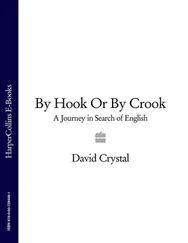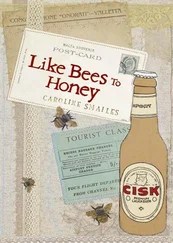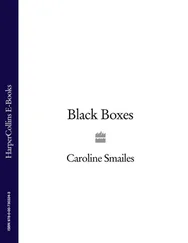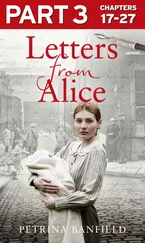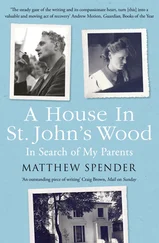Brian’s Newsagents stretched across 127-135 Coast Road. Inside the shop I heard gossip being tittled and tattled, as I stood looking at the jars of delicious sweets.
Rhubarb and Custard. Chocolate Raisins. White Gems. Aniseed balls. Coconut Mushrooms. Brown Gems. Cola Cubes. Pear drops. Cherry Lips. Licorice Comfits. Toffee Bonbons. Jelly Beans. Edinburgh Rock. Pontefract Cakes. Pineapple Chunks. Sweet Peanuts. Scented Satins. Sherbet Pips. Midget Gems. Sweet Tobacco. Chocolate Peanuts. Toasted Teacakes. Rainbow Crystals. Sour Apples. Lemon Bonbons.
Unable to decide. I wished that I had the courage to ask for one from every one of the twenty-five jars.
On the other side of the Coast Road there were five really big houses. My class teacher Mrs Ellis and Mrs Hughes the local librarian lived in two of them. I didn’t know who else lived there. The children in those houses didn’t go to New Lymouth Primary School with me. The children in those houses didn’t play foxes and hounds around the estate with us local bairns . I walked down that road on my way to school. I peered into those large houses. I stopped walking to stare in. I tried to look past the fresh flowers in the window and I thought about all the nice smelling things that would live inside.
The Coast Road ran a slope from New Lymouth down to the Lymouth seaside. The estate that I lived on was at the top of the hill. As the road continued up, it travelled through a number of similar estates and villages. Signs warned drivers when they were leaving one village and arriving in another. My father said that the nearer yee lived to the coast, then the richer yee were . We lived about a ten-minute walk from the coast. I’m not quite sure what that made us. All I know is that when my mother was alive, my father talked about one day living on the sea front. The houses there were enormous. Five stories tall. They went up and up and up to the sky. You could stand on the roof and your head would be in the clouds. I thought that really important people lived in those kinds of houses. People like the Queen could live there. A hacky lad in my class at school lived in one, with about twenty other children. His mother and father hadn’t wanted him. They, the twenty other children and the hacky lad , lived in their mansion that looked out over the beautiful Lymouth cove. They were very very lucky. They must have been very very rich. They must have been the richest people in England.
Lymouth Bay was shaped like a banana. There was a pier at each end and three caves lived in the cliff. Just over the left pier. Sat tall on a throne of rocks. There was a lighthouse. The most beautiful. The most elegant. A white lighthouse. Legend had it, that hundreds and thousands of small green men with orange hair lived in it. I never saw them. But. Paul Hodgson (Number 2) had seen one buying a quarter of toasted teacakes in Brian’s Newsagents.
There were one hundred and twenty steps to climb down. One hundred and twenty steps before touching the grey sand. The sand was unhappy. It looked poorly sick all the time. A green handrail wove next to the steps. I never had the courage to touch it. The paint was covered in carved initials, decorated with lumps of hardened chewing gum and topped with seagull droppings. Yackety yack. Hundreds and thousands of lumps. Hacky yack yack. Paul Hodgson (Number 2) told me that his uncle caught an incurable disease from touching that handrail. He said that his uncle’s hand had dropped clean off . I wasn’t going to risk it.
To me, the Coast Road seemed to go on for ever and ever and ever. I was told that it was a perfectly straight road, which travelled from the seafront and through four villages. You could catch a bus on the Coast Road. The road passed by my school, up the slope, close to my house and then on through village after village into lands that were unknown. Into lands that sounded magical and exciting. North Lymouth. Marsden. Hingleworth. Coastend. Mrs Hodgson (Number 2) told me that Coastend was famous for its cheapness of tricks . A magical place.
I lived in Disraeli Avenue, in between Gladstone Street and Campbell-Bannerman Road. The neighbours all said it dizz- rah- el -lee (four chunks) Avenue. My mother’s house was a semi-detached on a street with 31 similar-looking houses. They looked identical but I knew that they weren’t. There were differences.
Thirteen had red front doors. Seven had green front doors. Five had blue front doors. Seven had yellow front doors. The garages matched the front doors. Except for Number 17. Mr Lewis had a yellow front door and a green garage. I didn’t know why.
green,
red,
red,
yellow, green, red, red, yellow, yellow, green, red, red, red,
green, blue, blue,
red,
blue,
green,
yellow, red, blue, blue, yellow, green, green, red, red, red,
yellow, red, yellow.
I wanted the numbers to fit better. I wanted the colours to fit better.
It should have been sixteen red front doors. One half. Eight green doors. One quarter. Four blue doors. One eighth. Four yellow doors. One eighth. It was simple. The colours could look really nice. I had worked it all out.
red,
red,
green,
red,
green,
red,
blue,
blue
green, red,
yellow, red, green,
red, yellow, red,
red, green, red,
green, red, blue, blue,
green, red, yellow,
red, green, red,
yellow, red, red.
I wasn’t happy with Mr Lewis (Number 17). His colours didn’t match. Maybe he didn’t realise. I wished that I had the courage to talk to him about it.
There was a little wall in front of the garden. A dwarf wall. A dwarf wall for Snow White’s friends to play on. There was also a drive for my father’s Mini. There was a garden to the front and a slightly larger one to the back. The front lawn was just big enough to squeeze onto it a folded tartan picnic blanket. The soil surrounding the perfect square of grass was always packed with flowers. I watched the flowers. I noted them all in a little lined book. It was green and lived on my windowsill. Thorny rose bushes, coordinating colours and then down to a mixture of blossoms. Depending on the month.
Gaillardia ‘Burgunder’.
Shiny red flower, with light yellow centre.
June-October. 30cm.
Dahlia.
Really orange and red.
June-November. 60cm.
Narcissum ‘Amergate.’
Orange outside with a darker orange
in the middle.
March-April. 45cm.
I liked to write things down. In the green notebook that I kept on my windowsill. Flowers. Colours. Number plates. Full names. Times. Routines. All of the first chapter of Danny Champion of the World . So I wouldn’t forget.
Hold your palms out. Let me read your fortune.
I see that you are destined for great things.
Love…yes. A great love.
Children…bend your little finger…
Ah. I see a boy and a girl.
It’s all here. Written within your palm.
Aunty Maggie lived at Number 30 Disraeli Avenue and every Monday she looked after me. Her hallway walls were jam packed with black and white photographs of her darling husband Samuel. Who passed away in his prime. They were all the same photograph, but in different-sized frames. Aunty Maggie had never been blessed with children . I didn’t understand. Before my mother died, she liked Aunty Maggie. Aunty Maggie used to make boiled rice for my mother. She’d cook it to a fluffy perfection in one of my mother’s pans. Then. She’d walk along Disraeli Avenue. Number 30 to Number 9. Both hands clutching the black handle of the steaming pan. My mother used to pretend to my father that she had cooked it. My father used to like Aunty Maggie’s feathery white rice.
Читать дальше
